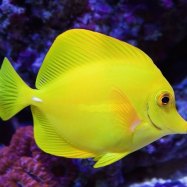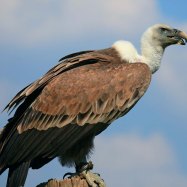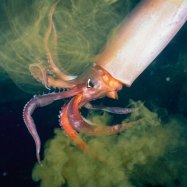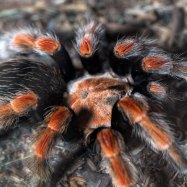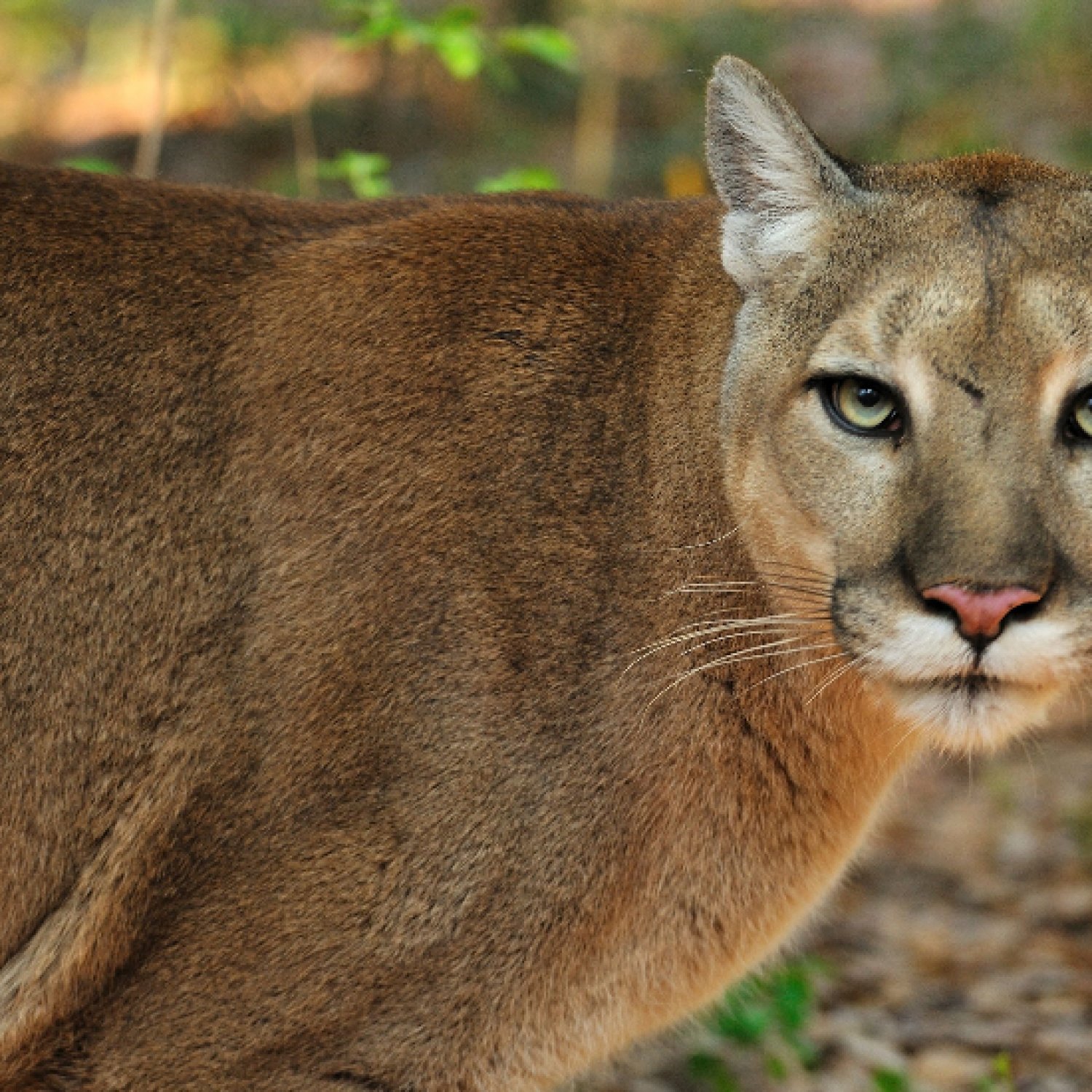
Florida Panther
6 to 7.5 feet
The Florida Panther is a large and powerful feline that can reach lengths of up to 7.5 feet. With their sleek and muscular body, these cats are perfectly adapted for hunting in their native habitat of Southern Florida. Belonging to the Felidae family, they are a symbol of the wild beauty found in the Sunshine State. #FloridaPanther #Wildlife #SouthernFlorida
Animal Details Summary:
Common Name: Florida Panther
Kingdom: Animalia
Habitat: Swamps, forests, and grasslands
The Magnificent Florida Panther: A Threatened Species Fighting to Survive in the Sunshine State
Florida is a state known for its sunny beaches, theme parks, and vibrant culture. But beneath the surface lies a hidden gem, one that has been threatened by human activities for decades – the Florida Panther. With its scientific name Puma concolor coryi, this majestic and elusive animal is more than just a symbol of Florida's wild beauty. It is a testament to the delicate balance between humans and nature and a reminder of our responsibility to protect and preserve our environment Florida Panther.As a member of the Animalia kingdom and the Felidae family, the Florida Panther is a carnivorous mammal that strikes an impressive figure with its sleek, muscular body and striking light tan to brown coloration. Often mistaken for its western cousin, the mountain lion, the Florida Panther is a distinct subspecies that is found exclusively in Florida, hence its common name.
Despite its impressive appearance, the Florida Panther has faced a severe decline in population over the years. With just an estimated 120-230 individuals remaining in the wild, the Florida Panther is considered one of the most endangered animals in the world. In this article, we will take a closer look at this elusive feline, its unique habitat, and the conservation efforts in place to save this magnificent species from extinction.
The Kingdom of Florida Panther and its Habitat
As a mammal from the Chordata phylum, the Florida Panther is a highly adaptable creature that can survive in a wide array of environments. However, it is primarily found in the southern tip of Florida, in the United States, making it the state's official animal. This region is rich in swamps, forests, and grasslands, providing the Florida Panther with a diverse habitat to thrive in.The Florida Panther is an apex predator, meaning it is at the top of the food chain in its ecosystem Flea Beetle. With no natural predators, the Florida Panther plays a crucial role in maintaining the balance of the food web. Its primary prey includes white-tailed deer, wild hogs, and small mammals. These animals are found in abundance in the Florida Panther's habitat, making it an ideal location for the species to thrive.
A Carnivorous Lifestyle
As a carnivore, the Florida Panther has a unique feeding method. It is a solitary hunter, and like most cats, it is crepuscular, meaning it is most active at dawn and dusk. It uses its exceptional ability to blend into its surroundings to ambush its prey and catch it off guard. With its sharp claws and powerful jaws, the Florida Panther can take down prey twice its size, making it a formidable hunter.The Florida Panther's diet is mostly composed of meat, and it is estimated that an adult panther needs to consume an average of 20 pounds of meat per day. With such a high dependence on its prey, the Florida Panther's survival is heavily reliant on a continuous supply of food in its habitat.
The Threats Facing the Florida Panther
Despite its incredible adaptability and natural instincts, the Florida Panther has faced numerous threats over the years. The biggest challenge to its survival is, shockingly, humans. The rapid growth of human development in southern Florida has resulted in the destruction of natural habitats and fragmentation of the Florida Panther's territory.Roads, in particular, have been a significant threat to the Florida Panther. With highways and other roads cutting through their habitat, panthers are often victims of vehicle collisions, resulting in injury or death. This not only reduces the panther population but also hinders their ability to hunt and find potential mates.
Apart from habitat destruction and road kills, the Florida Panther also faces other threats such as diseases, inbreeding, and poaching. As a small and isolated population, inbreeding can lead to genetic defects and health issues, further endangering the species. Poaching, although rare, is also a threat, as the panther's iconic coat is highly valued in the illegal wildlife trade.
Conservation Efforts to Save the Florida Panther
The decline in population and the numerous threats facing the Florida Panther have led to several conservation efforts to protect this species from extinction. The Florida Fish and Wildlife Conservation Commission (FWC) spearhead these efforts, working closely with other organizations and government agencies.One of the most significant conservation strategies is the establishment of the Florida Panther National Wildlife Refuge. This protected area consists of over 26,000 acres of prime Florida Panther habitat, providing a safe haven for these animals to roam and hunt freely without human disturbances.
Additionally, various measures have been put in place to reduce vehicle collisions, such as installing underpasses and fencing along highways to guide panthers safely to designated crossings. These initiatives have proven to be effective in reducing the number of road kills, allowing panther populations to increase in size.
Furthermore, the FWC conducts regular research and monitoring of Florida Panthers to gather vital data on their populations, behavior, and health. This information helps guide conservation efforts and ensure the long-term survival of the species.
The Fight to Save the Florida Panther Continues
Although conservation efforts have made significant progress in protecting the Florida Panther, the fight to save this species is far from over. The number of Florida Panthers in the wild is still critically low, making the genetic diversity and chances of survival of the species precarious.But there is hope. Thanks to conservation efforts, the Florida Panther population has seen a slight increase in recent years, giving conservationists and biologists reason to celebrate. However, it is essential to continue these efforts and raise awareness about the plight of the Florida Panther to ensure its survival for generations to come.
As conscious citizens, we must also play our part in preserving our environment and protecting vulnerable species like the Florida Panther. Simple actions like respecting wildlife and their habitats, properly disposing of waste, and lessening our carbon footprint can make a significant difference in the survival of this species and others.
The Florida Panther – A Symbol of Resilience and Hope
In conclusion, the Florida Panther is more than just an animal; it is a symbol of our responsibility to protect and preserve our environment and the delicate balance between humans and nature. Its dwindling numbers are a reminder of the consequences of our actions and the urgent need for conservation efforts.Yet, the Florida Panther is also a symbol of hope. Despite facing numerous threats, this species has shown remarkable resilience and the ability to adapt to changing environments. With continued efforts to protect and conserve this majestic animal, we can ensure its survival and keep the Florida Panther as a proud symbol of Florida's wild beauty.

Florida Panther
Animal Details Florida Panther - Scientific Name: Puma concolor coryi
- Category: Animals F
- Scientific Name: Puma concolor coryi
- Common Name: Florida Panther
- Kingdom: Animalia
- Phylum: Chordata
- Class: Mammalia
- Order: Carnivora
- Family: Felidae
- Habitat: Swamps, forests, and grasslands
- Feeding Method: Carnivorous
- Geographical Distribution: Florida, United States
- Country of Origin: United States
- Location: Southern Florida
- Animal Coloration: Light tan to brown
- Body Shape: Sleek and muscular
- Length: 6 to 7.5 feet
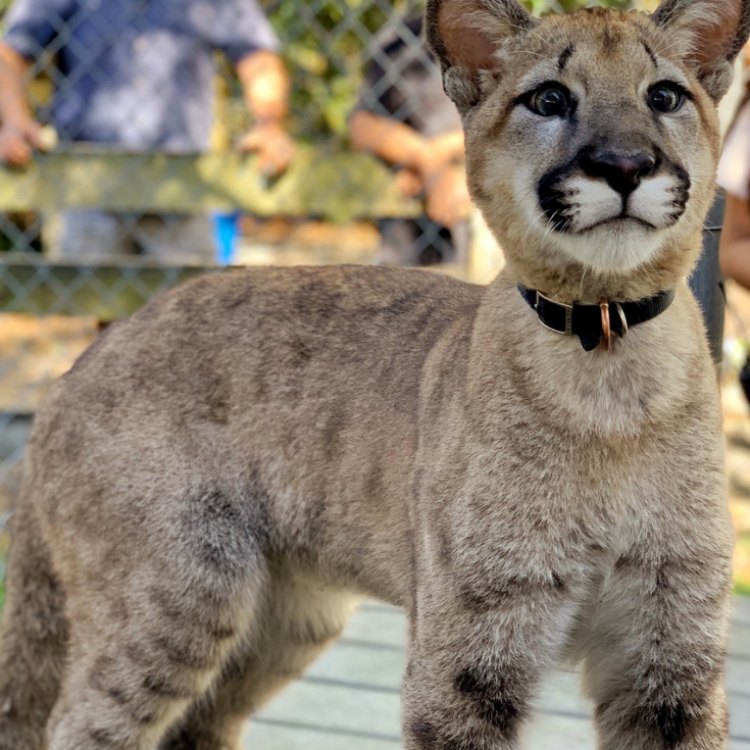
Florida Panther
- Adult Size: 100 to 160 pounds
- Average Lifespan: 8 to 15 years
- Reproduction: Sexual
- Reproductive Behavior: Solitary
- Sound or Call: Screech, growl, hiss
- Migration Pattern: Limited
- Social Groups: Solitary
- Behavior: Nocturnal
- Threats: Habitat loss, vehicle collisions, inbreeding
- Conservation Status: Endangered
- Impact on Ecosystem: Regulates prey populations
- Human Use: Tourism, scientific research
- Distinctive Features: Long tail, muscular build, sharp claws
- Interesting Facts: One of the rarest and most endangered mammals in the world
- Predator: Humans
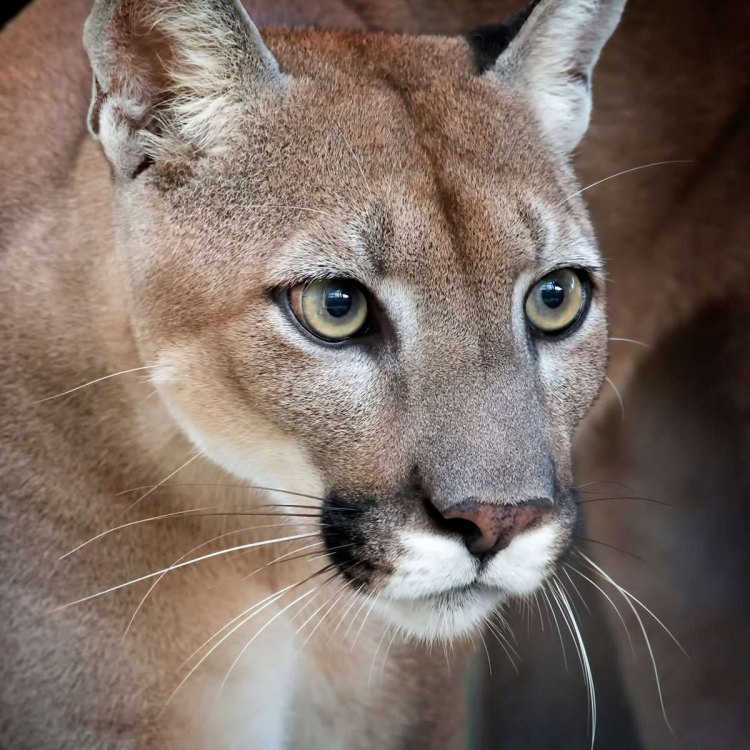
Puma concolor coryi
The Elusive and Endangered Florida Panther: A Fascinating Look into the Life of this Majestic Creature
The Florida Panther is a symbol of strength, agility, and resilience. This majestic creature, with its sleek, muscular build, sharp claws, and piercing screech, is a defining characteristic of the Everglades and southern Florida’s wild landscapes. Unfortunately, like many other species, the Florida Panther is facing several threats that have pushed it to the brink of extinction. In this article, we will delve into the unique features and behaviors of the Florida Panther and shed light on its conservation status and impact on the ecosystem PeaceOfAnimals.Com.Adult Florida Panthers typically weigh between 100 to 160 pounds and have an average lifespan of 8 to 15 years in the wild. They are solitary animals, known for their elusive nature and nocturnal habits. Their reproductive behavior is sexual, with each male holding a territory of around 200 square miles. This territory is fiercely defended from other male Panthers to ensure successful mating opportunities. This solitary behavior also means that Florida Panthers do not form social groups, except for the mother and her cubs.
One of the most distinctive features of the Florida Panther is its long tail, which can be as long as two and a half feet. This tail serves as a balance and a rudder while the Panther runs at high speeds, reaching up to 35 miles per hour. Their muscular build and sharp claws also play a crucial role in their survival. They use their powerful legs and sharp claws to catch and tear apart their prey, which mainly consists of deer, wild hogs, and raccoons Falcon.
Speaking of prey, the Florida Panther plays a vital role in regulating the population of its prey in the ecosystem. Without its presence, the prey population would surge, leading to overgrazing and causing ecological imbalances. The Florida Panthers also play a crucial role in keeping the population of smaller predators and pests in check, thus contributing to maintaining the overall biodiversity of the region.
However, despite their importance in the ecosystem, Florida Panthers are facing several threats, pushing them towards extinction. Among the most significant threats is the loss of their habitat due to human development and urbanization. As human populations continue to grow in Florida, more and more land is cleared for residential and commercial purposes, leaving little space for these elusive creatures to thrive.
Vehicle collisions are also a major cause of death for the Florida Panther. As they are solitary creatures, they usually travel long distances in search of food or to find a mate. Due to their nocturnal nature, they are often hit by cars at night when their reflective eyes are mistaken for road reflectors. This can result in severe injuries or even death for these big cats.
Another challenge facing the Florida Panther is inbreeding, which can lead to genetic problems and weakness in the offspring. As their habitats shrink, Florida Panthers are forced to mate with relatives, decreasing genetic diversity and increasing their chances of developing health issues. This phenomenon is one of the main reasons for the decline of the Florida Panther population.
Their limited migration pattern also makes them vulnerable to natural disasters such as hurricanes and wildfires. With their territories being so vast, they cannot easily move to safer areas, leaving them at the mercy of these catastrophic events.
The Florida Panther is classified as an endangered species, with only an estimated population of 120 to 230 individuals left in the wild. In the 1970s, the Florida Panther population was even more dire, with only 20 individuals remaining. Thanks to conservation efforts, this number has increased, but they still face an uphill battle for survival.
Several organizations, including the Florida Fish and Wildlife Conservation Commission, are working towards conserving the Florida Panther population. They have put measures in place to reduce the impact of habitat loss and vehicle collisions, such as building wildlife corridors to allow safe passage for Florida Panthers and other animals. The Florida Panther National Wildlife Refuge was also created to protect the remaining population and their habitats.
The Florida Panther has also become a popular species for ecotourism. Many people flock to southern Florida for the chance to spot this elusive creature in its natural habitat. This tourism industry not only benefits the local economy but also raises awareness about the importance of conservation efforts.
Scientific research also plays a significant role in understanding the Florida Panther's behavior, habitat, and population dynamics. This data is crucial in formulating effective conservation strategies and policies to protect these magnificent animals.
Despite being a predator to several species, the Florida Panther’s main predator is humans. The loss of habitat and deaths due to vehicle collisions are largely caused by human activities. However, humans also have the power to save these majestic creatures and help them thrive in their natural habitats.
In conclusion, the Florida Panther is a critical and elusive species that plays a crucial role in the ecosystem of southern Florida. With its unique features and behaviors, it has captured the imagination of many, and its survival is essential for maintaining the region's biodiversity. Though facing several threats, conservation efforts and increased awareness about their importance can help secure a better future for the Florida Panther. It is up to us as humans to take responsibility and ensure that this majestic creature continues to thrive in the wild for generations to come.
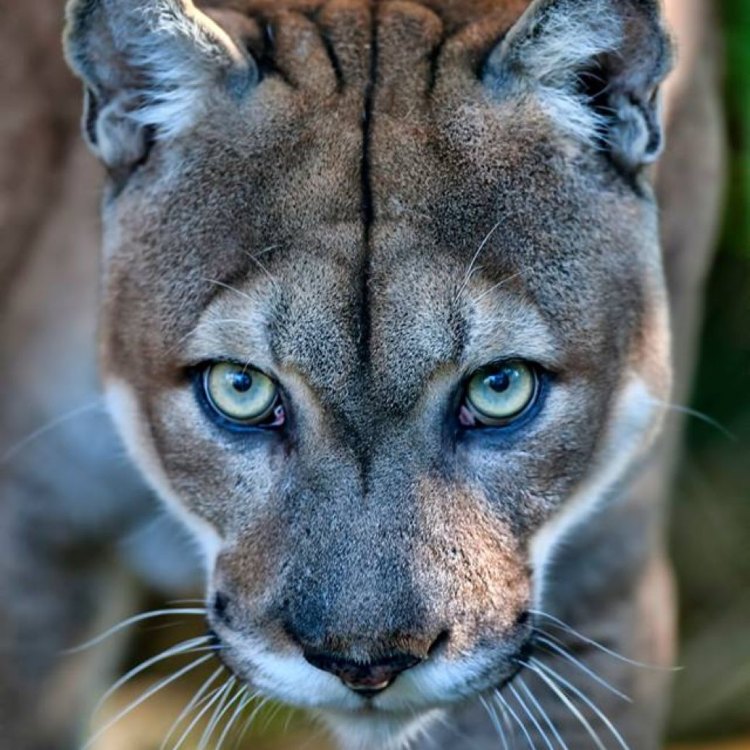
The Magnificent Florida Panther: A Threatened Species Fighting to Survive in the Sunshine State
Disclaimer: The content provided is for informational purposes only. We cannot guarantee the accuracy of the information on this page 100%. All information provided here may change without prior notice.


